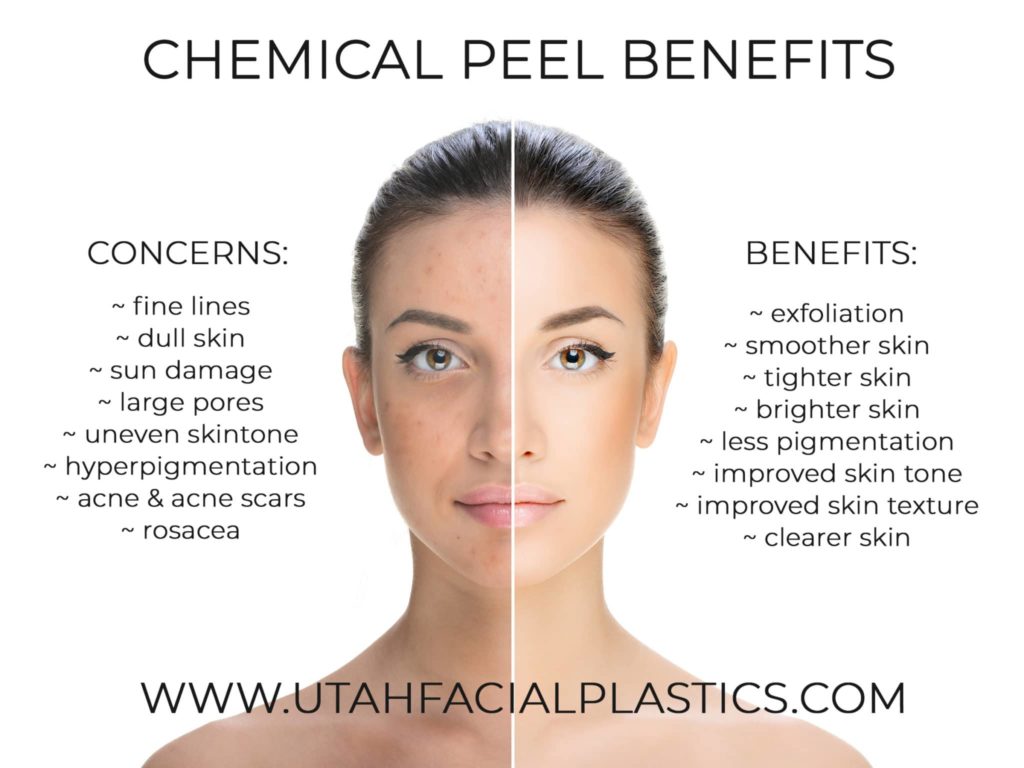 Chemical peels are a great way to get brighter, more youthful skin. Knowing what to do to prepare for a chemical peel will ensure safety and will hep you get the best results possible.
Chemical peels are a great way to get brighter, more youthful skin. Knowing what to do to prepare for a chemical peel will ensure safety and will hep you get the best results possible.
What To Avoid Prior To Treatment
Four weeks before your chemical peel you will want to avoid unprotected sun exposure. Doing so will help prevent any irregular pigmentation to the skin. Hair removal on the face with waxing or creams/lotions should be avoided one week prior to treatment. Be sure to talk to your provider about any other products you typically use so they can advise you on whether or not to continue using them before your chemical peel.
Medications
Antiviral
In some cases, if patients have a history of cold sores (herpes) around the mouth an antiviral medication can be prescribed to prevent the possibility of an outbreak.
Antioxidants and Retinol
Antioxidants and retinols may be recommended two weeks prior to treatment to help get a better result for patients targeting fine lines, wrinkles, uneven skin tone and texture. Retinol is also recommended for patients who have acne as it will help clear up the skin before treatment.
Hydroquinone
Hydroquinone is a topical agent used to treat pigmentation and discoloration. If recommended, patients usually start using it a couple weeks prior to treatment. Hydroquinone will help the first layer of skin to peel off prior to having a chemical peel.
Salicylic Acid
Salicylic acid can be found in many face washes and will be beneficial for patients who have acne prone skin as it’s great at clearing pores.
Chemical peels range from light, medium and deep. The type of peel recommended is based on specific patient concerns and goals for outcome.
Light: Light chemical peels have the least amount of down time. They are used to treat acne, uneven skin tone, dryness and fine lines.
Medium: Medium chemical peels focus more on the outer layer and middle layer the skin. This type of peel goes a little deeper than the light peel and treats wrinkles, scars, uneven skin tone and texture.
Deep: Deep peels typically treat deeper wrinkles, scars and stubborn pigment. Prepare to have the most down time with this type of peel (five to seven days or peeling).
After treatment, your provider will give you detailed instructions on what to do after your specific peel. Depending on what is being treated, some patients may need a series of 3-5 chemical peels to achieve their desired outcome.
For more information about chemical peels, call us at (801)776-2220 or contact us HERE.